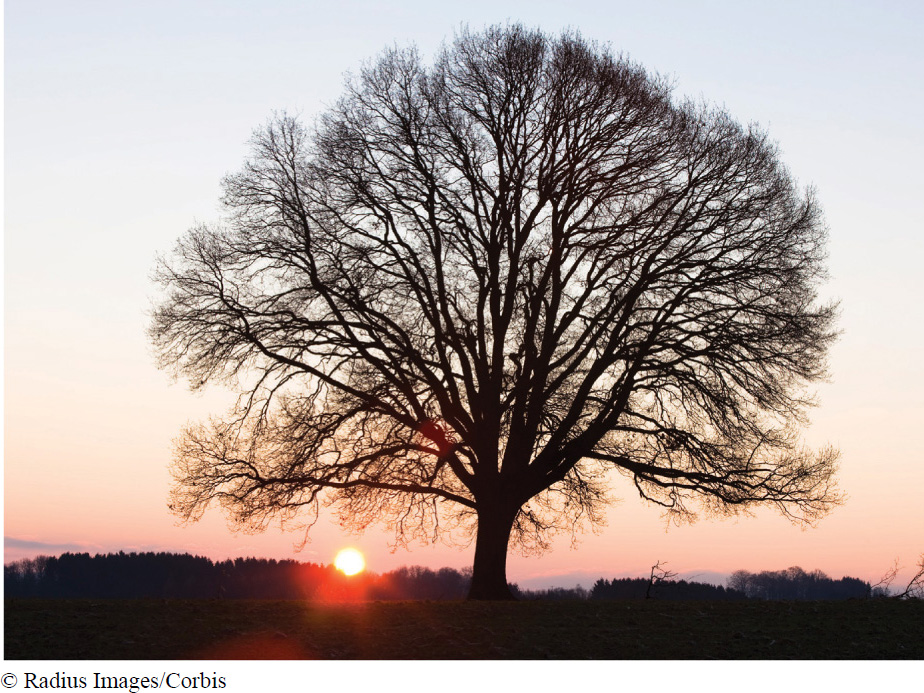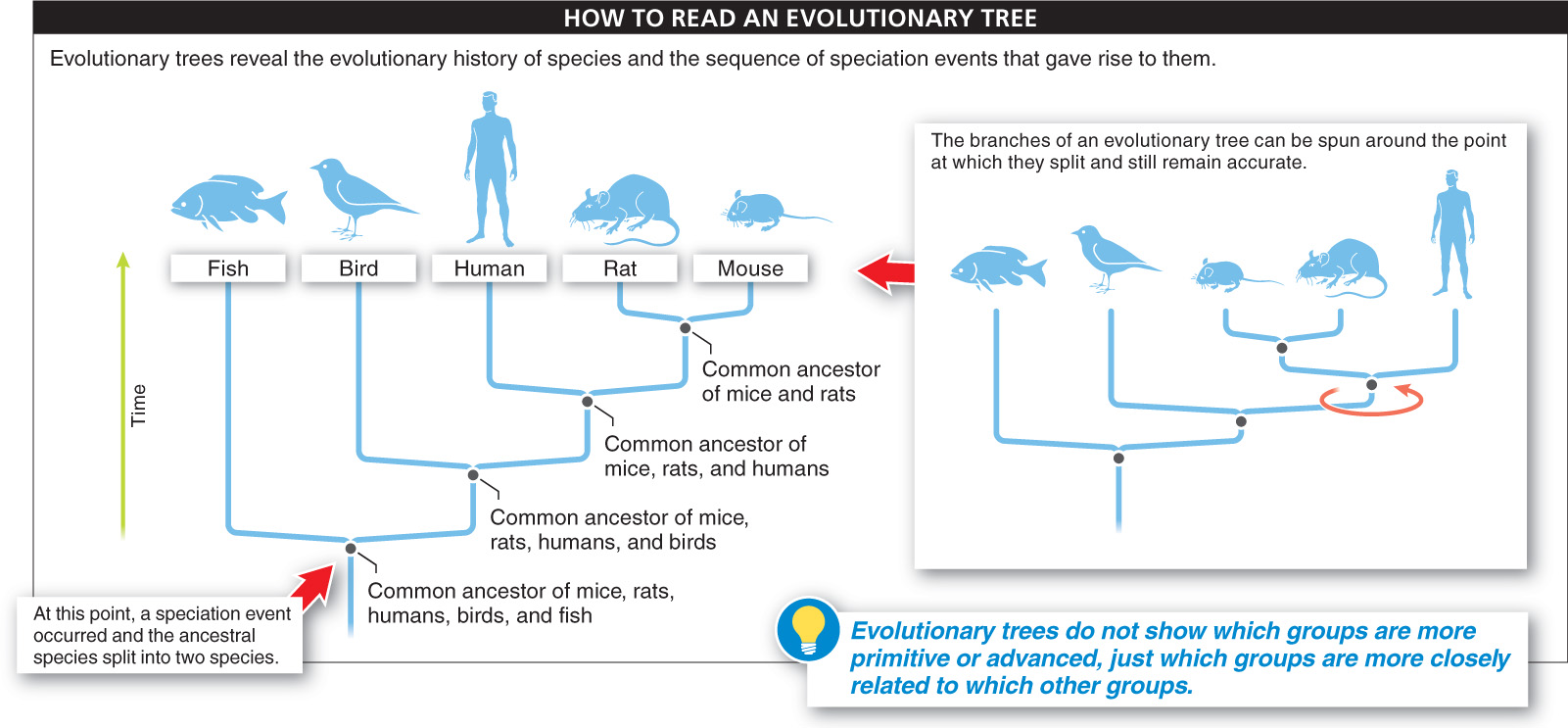
Although Carolus Linnaeus’s method for naming species was an important step in categorizing and cataloguing earth’s biodiversity, his underlying assumption about where species came from was wrong. He believed, as did all biologists of his day, that all species had been created at the same time and were unchanging. For this reason, his classification of organisms into hierarchical groups was based on nothing more than his own evaluation of how physically similar various organisms appeared to be.
A hundred years later, however, Charles Darwin proposed and documented that species could, in fact, change and give rise to new species. With Darwin, the classification of species acquired a new goal and a more important function. In The Origin of Species Darwin wrote: “Our classifications will come to be, as far as they can be so made, genealogies.” That is, Darwin proposed that the classifications of organisms would resemble family trees that link generations of parents and offspring over long periods of time. With these words, Darwin was the first to link classification with evolution.
421
Linnaean classification involved placing organisms within groups as a function of their apparent similarity with each other. The modern incarnation of Darwin’s vision of classification is called systematics and has the broader goal of reconstructing the phylogeny, or evolutionary history, of organisms. That is, through systematics, all species—
A phylogenetic tree not only shows the relationships among organisms but also presents a hypothesis about evolutionary history (FIGURE 10-14). At the beginning of life on earth there was the first living organism, one that could replicate itself. Then a speciation event occurred, after which the population of the first living organism split into independent evolutionary lineages. The phylogenetic tree had its first branch, and there was biodiversity. Over hundreds of millions of years, speciation events continued to occur, and today the tree has branches with millions (or possibly tens of millions) of tips that represent all the species on earth. Moving up a branch of any evolutionary tree from its trunk toward its tips, we can see when groups split, with each branching point representing a speciation event. And it doesn’t stop here—

It is important to remember that phylogenies are hypotheses and, like any hypotheses, they are subject to revision and modification. In the next section, we explore how phylogenetic trees are constructed and look at the rich information they convey about the history of life on earth. We also investigate the modern methods of molecular systematics and see how, with new molecular and DNA evidence, biologists are revising many earlier phylogenies that were based on organisms’ physical features.
TAKE-HOME MESSAGE 10.8
The history of life can be visualized as a tree; by tracing from the branches back toward the trunk, we can follow the pathway back from descendants to their ancestors. The tree reveals the evolutionary history of all species and the sequence of speciation events that gave rise to them.
If you visualize the history of life as an evolutionary tree, what is represented by the tips of the branches? What is represented by the node, the point where two branches diverge?
The tips of the branches represent the millions or tens of millions of species on the earth. The nodes, where branches separate, represent points where a common ancestor diverged into two separate species.